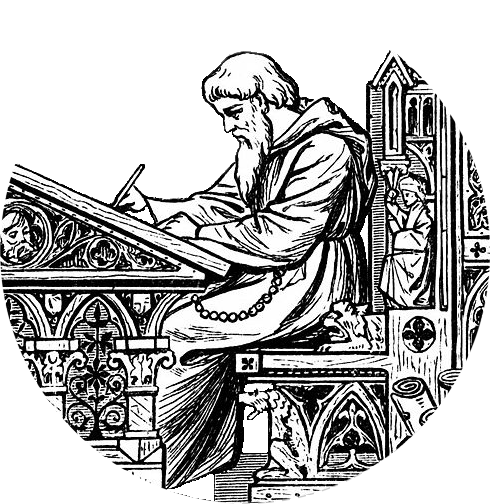Project
Project’s characteristics

This site is the result of a project that involved the development of a tool that could provide all the occurrences of a Latin word found within one or more works of Latin literature. For each occurrence found, the tool also provides its context, usually the whole sentence containing the word. The spirit that has guided all the development of Latin Lemmas in Context was to propose a tool for Latin scholars, which would be at the same time useful to stimulate and inspiring also to people simply curious or interested in Latin literature.
Actually, the relevance of the Latin lexicon in today’s Italian is very strong and, at a global level, we can find in the actual Italian lexicon a solid Latin base. Latin Lemmas in Context, finding all the occurrences of a given word in a wide set of corpora, allows the study of how the words have been used in different period of times, even in very distant periods, and how the words have evolved moving towards mediaeval Latin.
How Latin Lemmas in Context was born
The project that has led to the development of this site started within a wider project, aimed at developing the Vocabolario Dantesco Latino (VDL). The VDL project (Dante’s Latin vocabulary), promoted by Accademia della Crusca and other relevant partners, has the main objective of building a vocabulary of all the Latin words (the lemmas) used by Dante in all his Latin works. For each term in the vocabulary, the VDL project is planning to include also a selection of citations about the usage of that word by other Latin authors, before and after Dante’s period.
For this purpose, there was clearly the need to develop a tool to find a given Latin word within the many Latin corpora in digital format, available today on the Web. In addition to finding all the occurrences of the given word in the corpora available online, to satisfy the requirements of the VDL project it was necessary to provide also its context, basically, the whole sentence containing the word (a snippet, in Web parlance).
After a thorough search on the Web, we selected the site Corpus Corporum (http://www.mlat.uzh.ch/MLS/) as the main (and only) source of our snippets, as it includes a wide collection of Latin corpora satisfying the requirements of VDL (please see the complete list of corpora on the Corpus Corporum site). Another benefit of the Corpus Corporum site is that the occurrences of the Latin word, found in all the corpora, are returned together with their context, i.e. as snippets.
The first step of our project has been therefore the development of a Web application that receives (from a program) a Latin word, prepares the query for the site Corpus Corporum, gets back the answer in HTML and returns it to the caller in JSON format, as required by the VDL project. This application was developed within the Istituto di Scienza e Tecnologia dell’Informazione ‘A. Faedo’ of the Italian National Research Council (ISTI-CNR), one of the main partners in the VDL project. The explanations on how to use this application can be found at: http://vdl.isti.cnr.it/corpuscorporum.html
The next step was the development of a GUI (Graphical User Interface) very simple and easy to use, and the result was this web site. The site provides all the functionality of the original application, namely the possibility to look for the exact word or all of its inflected forms, and the possibility to specify the period in which were written the works to be searched. For the result we have preferred to provide all at once all the occurrences found, adding the capability to filter the result based on the author, the work and the specific inflected form.
The author
Alessia Spadi got her Master degree in Digital Humanities in 2020 at the University of Pisa. From June 1st she started her work as a resercher at OVI-CNR, where she became a member of the RESTORE project team. Previously she partecipated in the VDL project, which aimed to study Dante’s use of latin and to redact a Vocabulary containing lemmas used by Dante. The VDL project is actually the origin of this website.